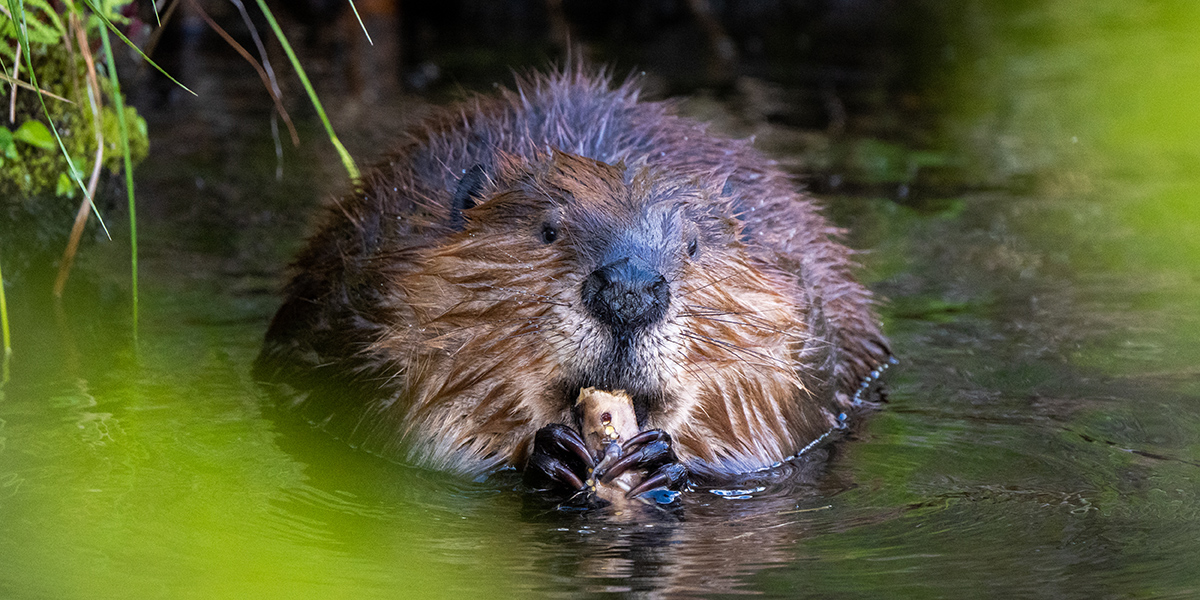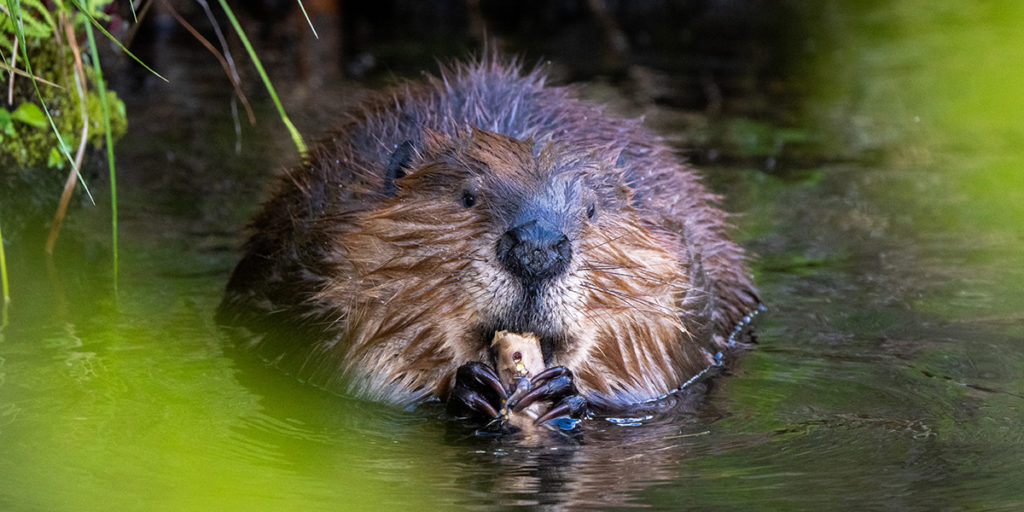Did you know that beavers only eat the bark off branches? Well, sometimes they eat the buds and roots of their favorite trees, like willow, maple, poplar, beech, birch, alder and aspen trees.
Wetlands
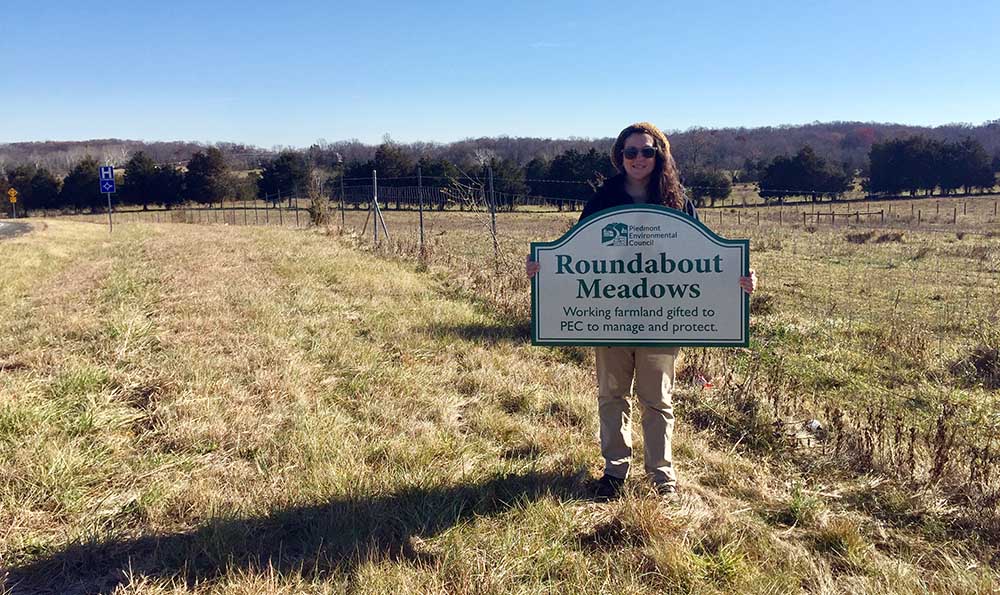
George Mason University students to survey Roundabout Meadows vegetation
George Mason University plant ecology students are helping The Piedmont Environmental Council measure the success of our wetlands restoration effort at Roundabout Meadows. With a grant from the Virginia Native Plant Society, the students are establishing a baseline dataset by collecting and identifying all plant species there.
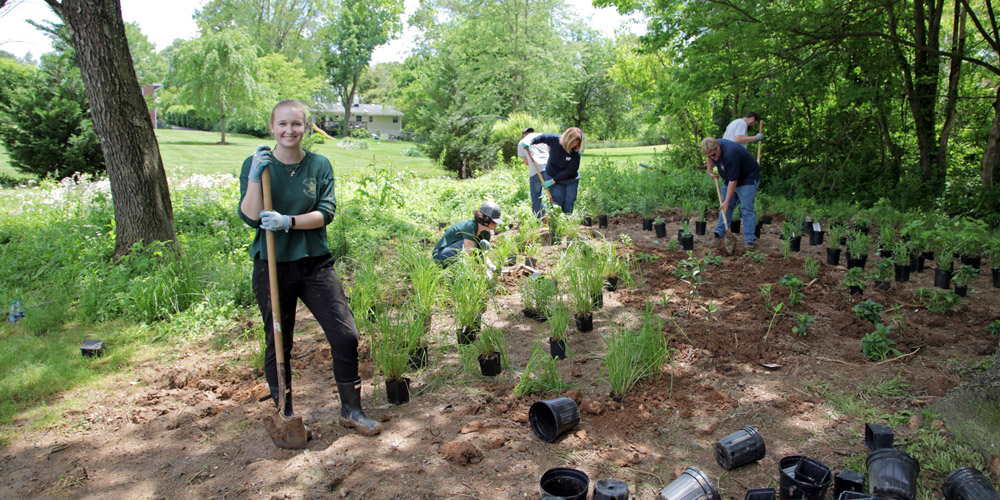
Capturing the Rain: Green Infrastructure Options for HOA Common Areas
Many residents frequent common areas that are managed by homeowners associations, churches, or local governments. How these entities manage their public landscapes can have a profound effect on the health of our local ecosystems, wildlife, streams and drinking water sources. HOA’s in particular have a significant amount of common area that is often just mowed grass.
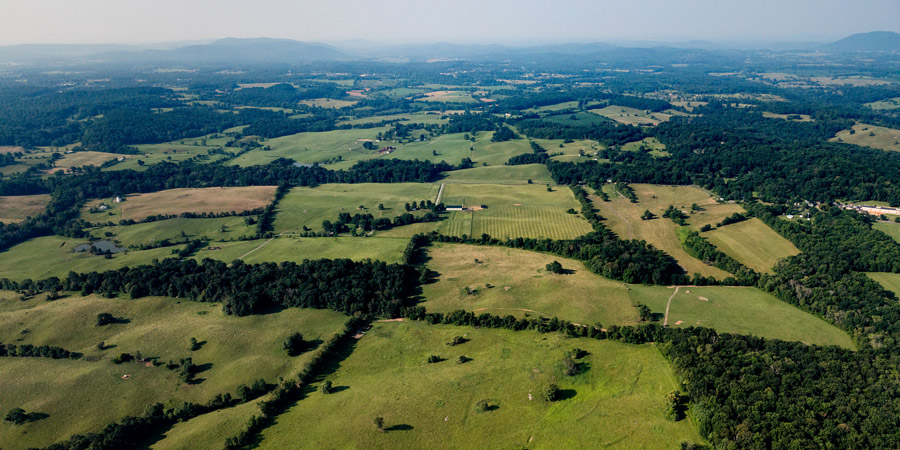
Local Land Conservation Surpasses 12,000 acres in 2019
In 2019, private landowners, working together with land trusts and public agencies, protected 12,475 acres of land in Albemarle, Clarke, Culpeper, Fauquier, Greene, Loudoun, Madison, Orange and Rappahannock counties. The 2019 conservation easements bring the total protected land in The Piedmont Environmental Council’s (PEC) nine-county region to 421,415 acres, accounting now for nearly 20 percent of the entire land area in the nine counties.
Managing Wetlands for Wildlife
Wetlands, including seeps and springs, serve as important areas of habitat for aquatic and terrestrial animals, and provide the important ecological function of filtering sediment and pollution before they reach the watershed. Wetlands are most effective in their ecological function and as habitat when their unique vegetation is allowed to grow. It is recommended not to drain or mow wetlands, nor to remove trees or allow livestock in them.

